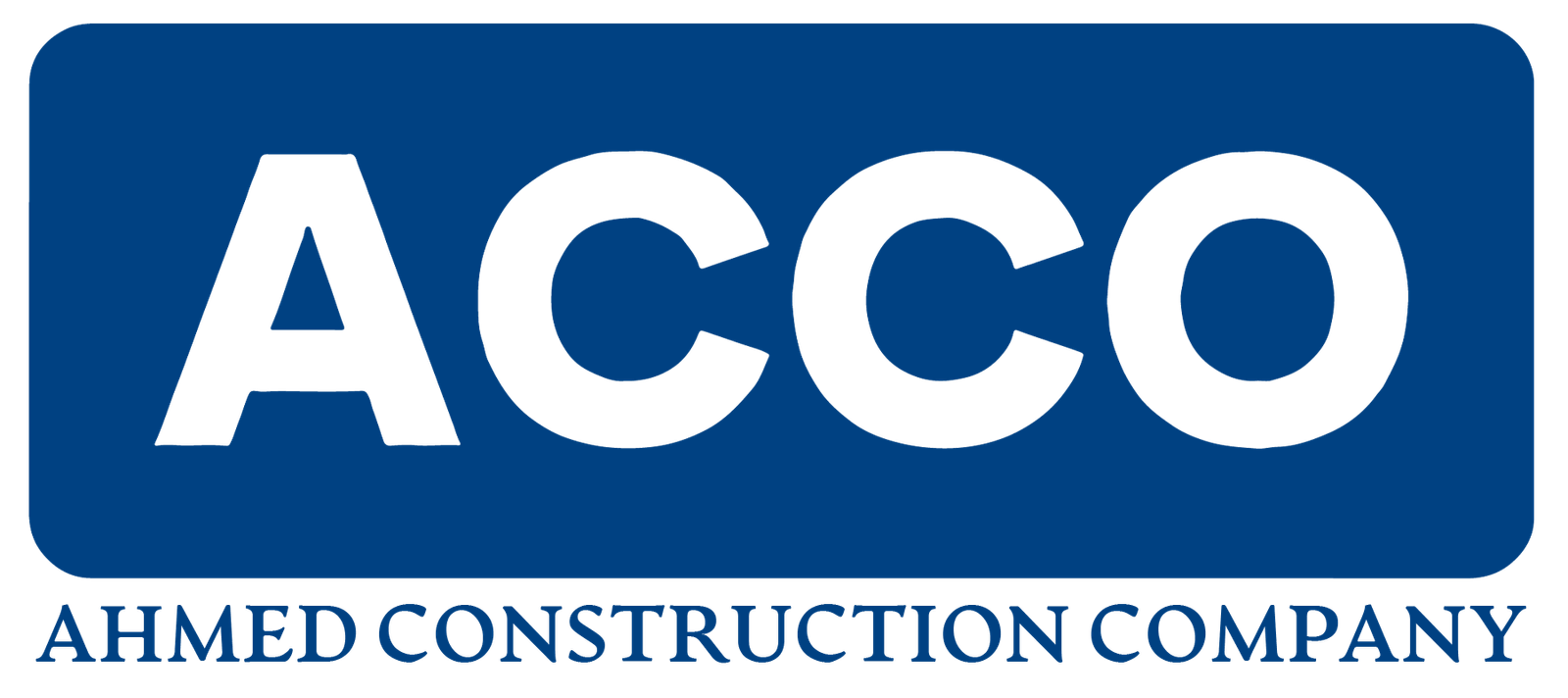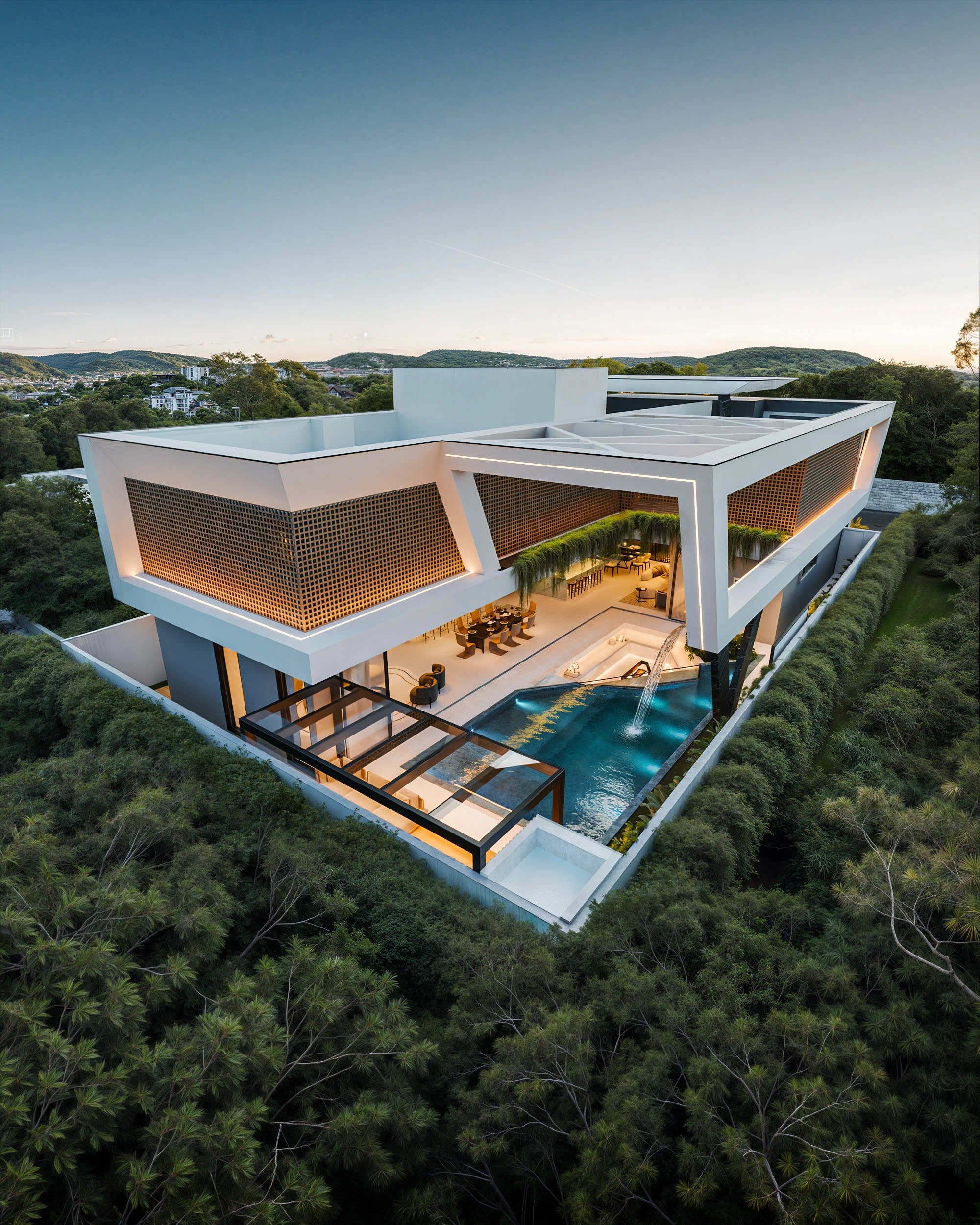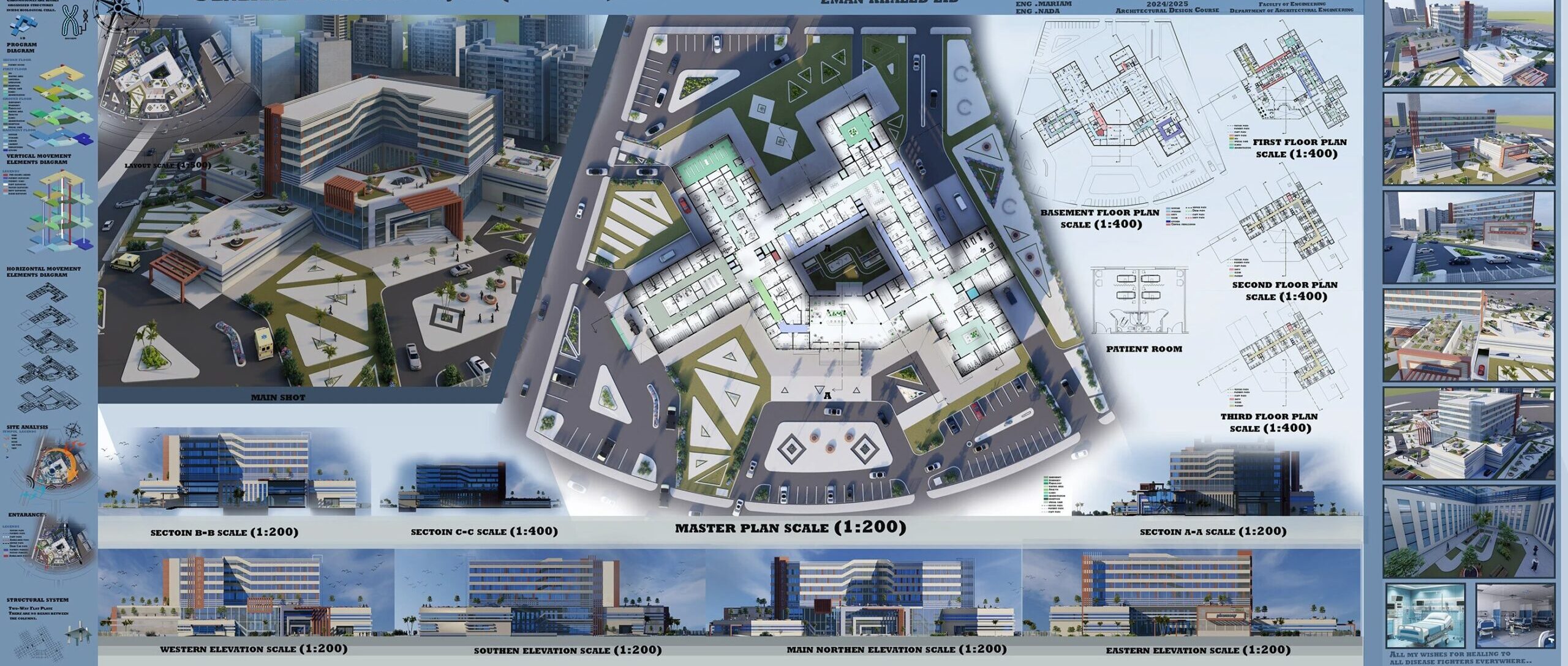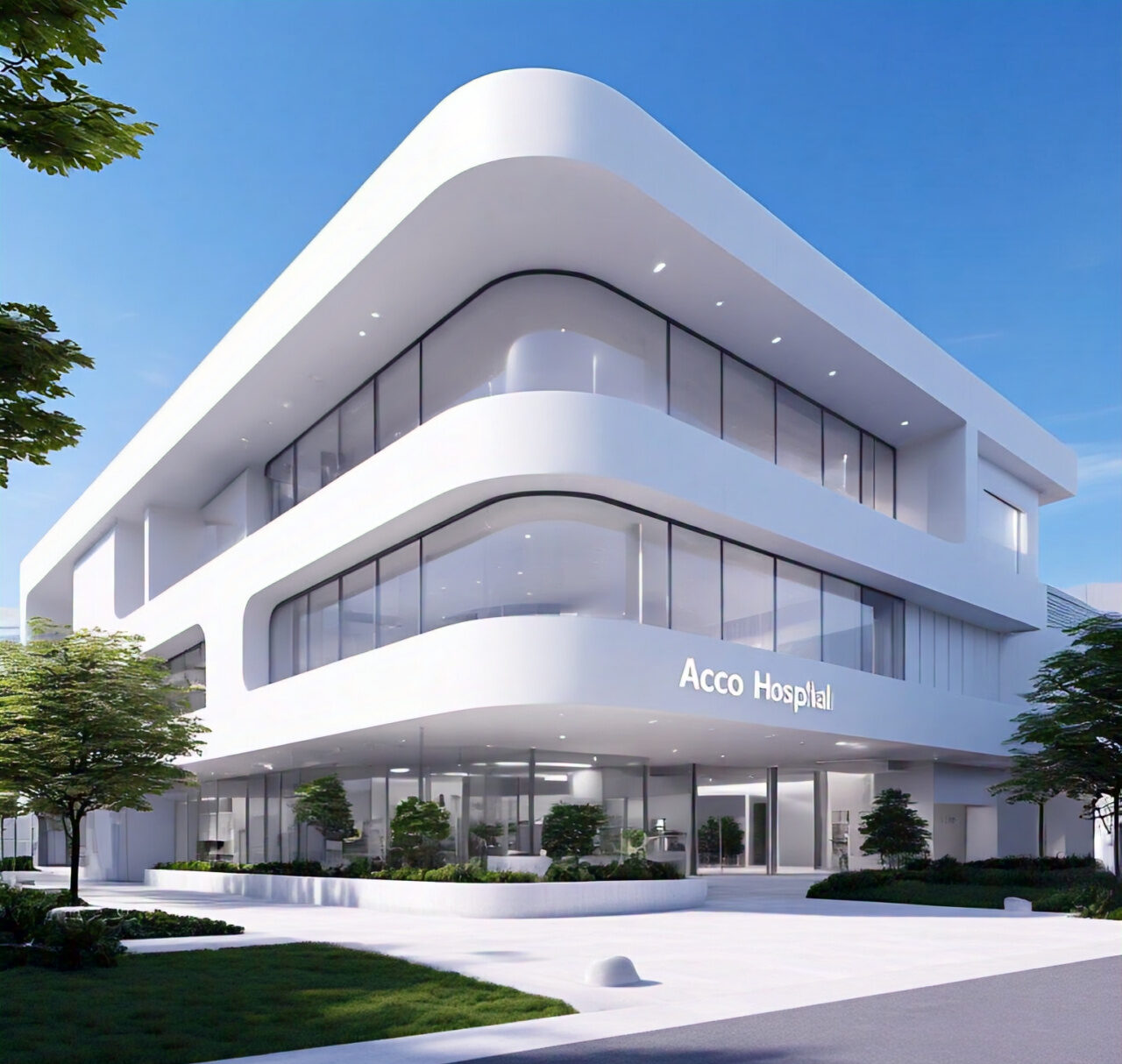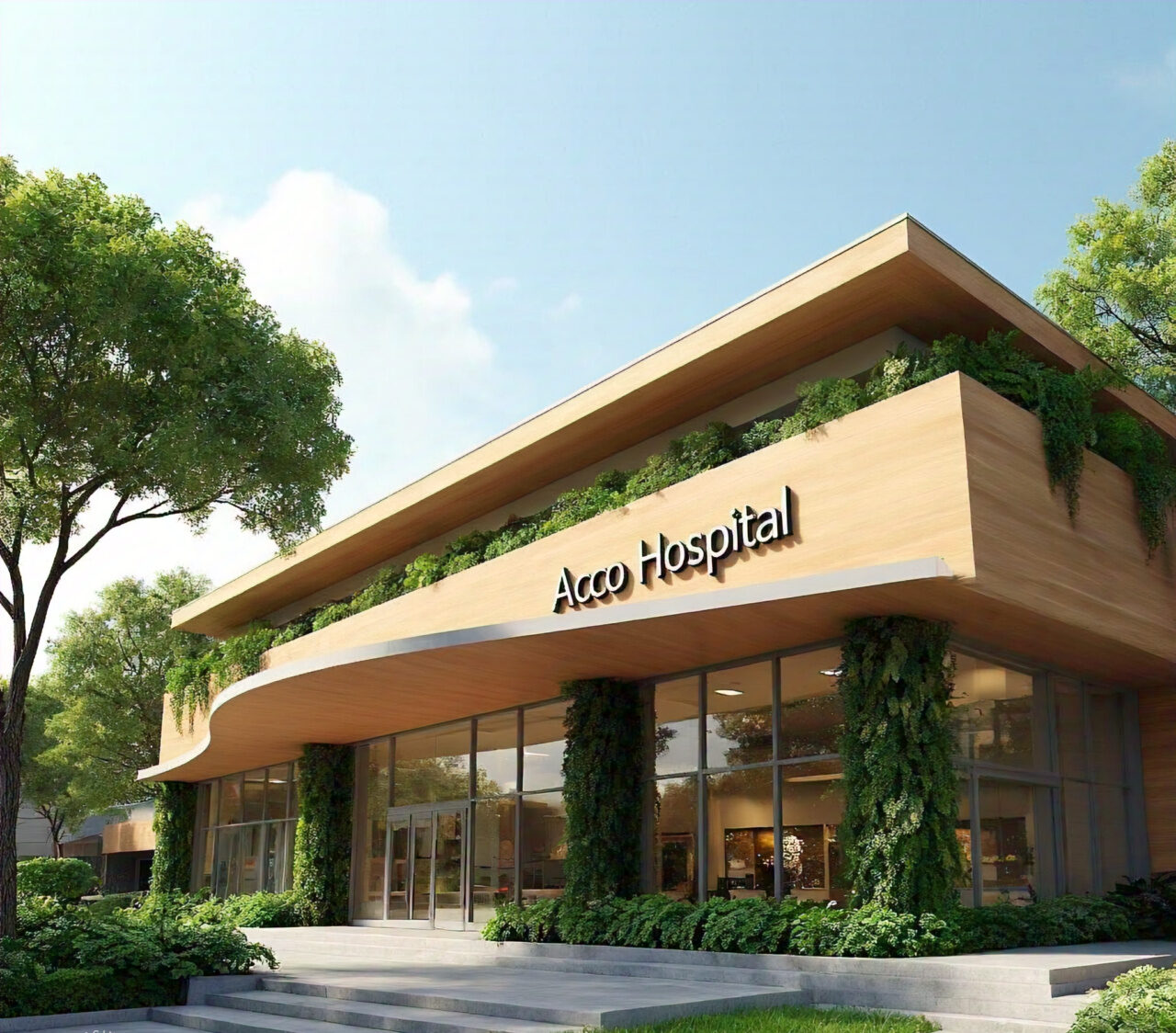
Designing Specialized Medical Centers: Oncology, Cardiology, and Maternity Units
Introduction to ACCO Construction
ACCO Construction is one of Pakistan’s most trusted and experienced construction and design firms, based in Lahore. With decades of excellence in architectural design, healthcare construction, and turnkey solutions, ACCO has built a reputation for delivering high-performance medical facilities that meet both international healthcare standards and local operational needs.
From hospital feasibility studies to complete turnkey project execution, ACCO has successfully delivered specialized hospitals, diagnostic centers, and medical campuses across Pakistan.
Our expertise includes:
✅ Hospital & Healthcare Architecture
✅ MEP (Mechanical, Electrical & Plumbing) Design
✅ Structural Engineering & Civil Construction
✅ Interior Design for Healing Environments
✅ Turnkey Delivery (Design–Build–Operate)
🏥 Introduction to the Topic: Designing Specialized Medical Centers
The design of specialized medical centers such as Oncology, Cardiology, and Maternity Units requires far more than typical architectural skill. These facilities demand precision planning, advanced technology integration, patient-centric layouts, and strict compliance with healthcare regulations.
In Pakistan, as the demand for quality healthcare increases, purpose-built medical centers are becoming essential. Patients now expect modern facilities with international standards — from oncology wards with advanced radiation shielding to maternity suites designed for comfort and safety.
Designing such centers is both a technical and humanitarian challenge — blending architecture, engineering, and medical science to create spaces that heal, protect, and inspire trust.
🧩 Section 1: Understanding Specialized Medical Centers
What Are Specialized Medical Centers?
Specialized medical centers focus on specific areas of healthcare. Unlike general hospitals, they offer dedicated infrastructure, customized workflows, and specialized equipment for targeted treatment.
Examples include:
🩺 Oncology Centers – Cancer diagnosis, radiotherapy, chemotherapy, and surgical treatment.
❤️ Cardiology Centers – Heart disease diagnosis, cardiac catheterization labs, and cardiac surgery.
👶 Maternity Units – Labor rooms, neonatal intensive care units (NICU), and postpartum wards.
Each requires unique design, safety, and MEP considerations to ensure optimal functionality.
🏗️ Section 2: The Importance of Design in Healthcare Infrastructure
Healthcare design directly affects:
Patient Recovery Time
Staff Efficiency
Operational Flow
Energy Efficiency
Hygiene & Safety
According to the World Health Organization (WHO), over 40% of hospital-acquired infections in developing countries are linked to poor design and ventilation. Hence, architectural planning isn’t just aesthetics—it’s life-critical engineering.
🧠 Section 3: Designing Oncology Centers in Pakistan
🏥 Key Design Objectives:
Radiation Safety:
Shielded walls, lead-lined doors, and proper equipment layout to ensure radiation protection.
Zoning & Patient Flow:
Clear segregation of contaminated and clean areas.
Smooth movement between diagnosis, therapy, and recovery zones.
Technology Integration:
Provision for MRI, CT, and Linear Accelerator rooms.
Advanced MEP systems for uninterrupted power and temperature control.
Psychological Comfort:
Natural lighting, soothing interiors, and waiting lounges designed for comfort.
💡 Example Layout:
| Area | Purpose | Design Consideration |
|---|---|---|
| Radiation Therapy Room | Treatment | 2mm lead shielding, air-tight doors |
| Chemotherapy Room | Patient comfort | Reclining chairs, daylight, air filtration |
| Pharmacy & Lab | Support | Sterile zones, controlled HVAC |
| Consultation Rooms | Privacy | Sound insulation, ergonomic furniture |
📊 Trends in Oncology Design:
Hybrid Oncology–Research Centers
Telemedicine & Smart Monitoring integration
Energy-efficient lighting and HVAC systems
❤️ Section 4: Designing Cardiology Centers
🏗️ Functional Zoning:
Outpatient Consultation Area
Diagnostic Area (Echo, ECG, CT, MRI)
Catheterization Laboratory (Cath Lab)
Operation Theatres (OT)
Intensive Care Units (ICU/CCU)
Recovery Rooms
⚙️ Technical Considerations:
Vibration Control: Equipment like angiography machines require vibration-free floors.
Electrical Redundancy: Dual power sources to protect sensitive devices.
Air Quality: Positive pressure ventilation to maintain sterile conditions.
Emergency Accessibility: Quick access routes for ambulances and patients.
🏢 Interior Design Philosophy:
Cardiology spaces should inspire confidence and calm. ACCO integrates soft color palettes, controlled lighting, and clear wayfinding signage to minimize patient anxiety.
👶 Section 5: Designing Maternity & Neonatal Units
🏥 Key Areas:
Labor & Delivery Rooms (LDR): Privacy, hygiene, emergency access.
Postpartum Wards: Comfortable, home-like spaces for recovery.
Neonatal Intensive Care Unit (NICU): Climate-controlled, sterile environment.
Operation Theatre for Cesarean Section: Sterile zone with quick neonatal access.
🌿 Patient-Centered Design:
Natural light and ventilation to reduce stress.
Family-friendly waiting areas with soft furnishings.
Acoustic insulation to maintain tranquility.
🧰 Design Standards:
WHO guidelines for maternity facilities
Fire safety & emergency egress compliance
MEP systems designed for continuous operation
🧱 Section 6: Key Architectural Principles
| Principle | Description | Impact |
|---|---|---|
| Flexibility | Spaces adaptable to new technology | Long-term usability |
| Efficiency | Logical layout & short travel distances | Faster patient care |
| Safety | Fireproof materials, air barriers | Infection control |
| Sustainability | Energy-efficient design | Lower operational costs |
| Accessibility | Wheelchair & elderly friendly | Inclusive design |
⚙️ Section 7: MEP Systems in Specialized Medical Facilities
🔌 Electrical Systems
Uninterrupted Power Supply (UPS) for ICUs, OTs
Redundant generators
Separate circuits for life-support systems
💧 Plumbing & Sanitation
Medical gas pipelines (O₂, N₂O, CO₂)
Anti-bacterial plumbing materials
Wastewater sterilization
🌬️ HVAC Systems
Temperature & humidity control
HEPA filtration
Positive/negative pressure zoning
💡 Lighting
500–1000 lux in procedure rooms
Anti-glare LED lighting
Emergency illumination systems
🧾 Section 8: The Role of Technology in Modern Medical Center Design
Building Information Modeling (BIM) for clash-free coordination
Smart Monitoring Systems for temperature, air quality, and power
AI-driven design simulations for patient flow optimization
Energy Management Systems to minimize carbon footprint
💰 Section 9: Cost Factors in Specialized Medical Center Construction
| Cost Component | Percentage | Description |
|---|---|---|
| Architecture & Design | 10–15% | Conceptual, detailed & structural drawings |
| Civil Works | 30–40% | Building shell & core |
| MEP Installations | 25–30% | Electrical, HVAC, plumbing, gases |
| Finishing & Interiors | 15–20% | Furniture, flooring, signage |
| Equipment & IT | 10–15% | Medical & monitoring systems |
Note: ACCO Construction provides turnkey packages with cost transparency and timeline guarantees.
⚖️ Section 10: Pros & Cons
✅ Pros
Purpose-built functionality
Higher patient satisfaction
Energy-efficient and durable
Easier maintenance and infection control
Better workflow for doctors and staff
❌ Cons
Higher initial cost
Longer design phase
Regulatory approvals required
Advanced technology dependency
❓ Section 11: Frequently Asked Questions (FAQs)
1. What is the ideal size for a specialized oncology center?
The size depends on capacity, but typically ranges from 30,000–50,000 sq.ft for a medium-scale facility with radiotherapy and diagnostic zones.
2. How long does it take to build a specialized medical center?
A full turnkey project usually takes 12–24 months, depending on complexity and approvals.
3. Does ACCO provide both design and construction services?
Yes, ACCO offers Design–Build–Turnkey solutions, managing architecture, MEP, civil works, and interior finishing.
4. How does ACCO ensure hygiene and safety standards?
We design facilities according to WHO guidelines, ASHRAE standards, and Pakistan Health Ministry regulations.
5. Can ACCO retrofit or upgrade existing hospital buildings?
Absolutely. ACCO specializes in hospital renovation and facility expansion with minimal operational disruption.
🏁 Final Verdict / Conclusion
Designing specialized medical centers — whether for oncology, cardiology, or maternity care — is a blend of science, compassion, and architectural precision.
At ACCO Construction, we understand the deep responsibility behind building healthcare spaces. Our team ensures that every design supports healing, efficiency, and sustainability, reflecting our commitment to quality healthcare infrastructure in Pakistan.
Whether you’re a hospital owner, healthcare investor, or medical professional, ACCO can turn your vision into a world-class medical facility that meets global standards.
🔗 Internal Links (for ACCO Website)
🌍 External References
📞 Call to Action
Ready to design your state-of-the-art medical facility?
📲 Contact ACCO Construction today for a free consultation!
Email: info@acco.com.pk
Phone / WhatsApp: +92 322 8000190
Website: www.acco.com.pk
Office: Office 2, 3rd Floor, BigCity Plaza, Gulberg III, Lahore

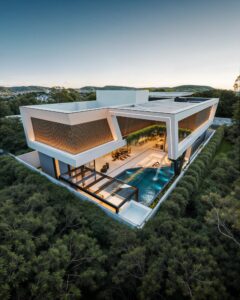
Residential Design & Construction in Pakistan | ACCO
Residential Design & Construction in Pakistan | ACCO Construction Residential Design & Construction in Pakistan: From Concept to Completion Residential Design & Construction in Pakistan is a complete journey that transforms a simple idea into a safe, modern, and functional
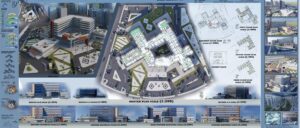
Sustainable Hospital Planning & Construction in Pakistan – ACCO Construction
Sustainable Hospital Planning & Construction in Pakistan – ACCO Construction Sustainable hospital planning & construction in Pakistan is becoming essential due to rising energy costs, environmental challenges, and increasing healthcare demands. ACCO Construction (Ahmed Construction Company), based in Lahore, specializes
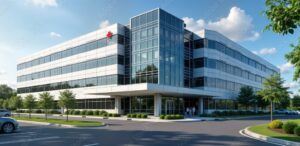
Hospital Construction in Lahore: Tips & Expert Advice by ACCO Construction
Hospital Construction in Lahore: Tips & Expert Advice by ACCO Construction Hospital construction in Lahore requires specialized planning, strict compliance, and experienced execution. ACCO Construction (Ahmed Construction Company) is a trusted name in Pakistan for delivering modern, safe, and efficient
Best Construction Companies in Pakistan for Healthcare Projects – ACCO Construction Leads the Way
Best Construction Companies in Pakistan for Healthcare Projects Pakistan’s healthcare sector is rapidly expanding, increasing the demand for professional hospital design and construction services. Selecting from the best construction companies in Pakistan for healthcare projects is critical to ensure safety,

ACCO Construction’s Guide to Hospital Design & Construction in Lahore
Hospital Design & Construction in Lahore | ACCO Construction Hospital Design & Construction in Lahore is a highly specialized field that requires expert planning, engineering excellence, and strict compliance with healthcare standards. ACCO Construction is a leading hospital construction company
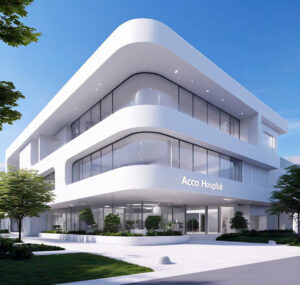
Modern Construction Techniques for Homes & Hospitals in Pakistan | ACCO Construction
Modern Construction Techniques for Homes & Hospitals | ACCO Construction Phone: 0322-8000190 | Email: info@acco.com.pk | Website: www.acco.com Modern Construction Techniques for Homes & Hospitals in Pakistan Modern construction techniques for homes & hospitals are transforming Pakistan’s building industry. With

High-Quality Builders in Lahore: ACCO Construction Advantage
High-Quality Builders in Lahore: ACCO Construction Advantage Choosing the right construction company is one of the most important decisions when building a home or commercial project. If you are searching for high-quality builders in Lahore, ACCO Construction stands as a

Design-Build Residential Construction in Pakistan: Cost, Process & Benefits Explained | ACCO Construction
Design-Build Residential Construction in Pakistan: Cost, Process & Benefits Explained | ACCO Construction Introduction to ACCO Construction 🏗️ ACCO Construction is a well-established and professional construction company based in Lahore, Pakistan, delivering high-quality residential, commercial, and design-build construction services across

Turnkey Construction Services in Pakistan | ACCO Construction
Turnkey Construction Services in Pakistan | ACCO Construction Turnkey Construction Services in Pakistan | ACCO Construction ACCO Construction is a trusted construction company based in Lahore, Pakistan, delivering premium turnkey construction services for residential and commercial projects across DHA, Bahria

Residential & Commercial Construction in Lahore: Trends 2026 | ACCO Construction
Residential & Commercial Construction in Lahore: Trends 2026 | ACCO Construction Introduction to ACCO Construction 🏗️ ACCO Construction is one of Lahore’s trusted names in residential, commercial, and turnkey construction services. With years of hands-on experience in DHA, Bahria Town,

How to Choose the Best Hospital Construction Company in Pakistan
A Complete Expert Guide by ACCO Pakistan ACCO Pakistan (Ahmed Construction Company) is a leading construction and engineering firm in Pakistan, specializing in hospital construction, healthcare facility design, and turnkey medical projects. With years of hands-on experience, ACCO Pakistan delivers
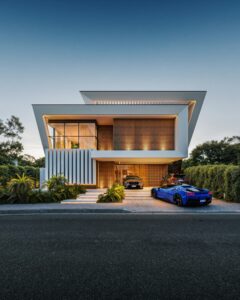
Top-Rated Residential Design & Construction Company in Lahore – ACCO Construction
Top-Rated Residential Design & Construction Company in Lahore | ACCO Construction 🏡 Top-Rated Residential Design & Construction Company in Lahore – ACCO Construction ACCO Construction is a leading residential design and construction company in Lahore, delivering luxury homes, turnkey solutions,

ACCO Construction: Leading Construction Company in Pakistan
ACCO Construction: Leading Construction Company in Pakistan ACCO Construction is a professionally managed and highly trusted construction company in Pakistan, delivering premium-quality residential, commercial, and turnkey construction solutions. With a strong presence in Lahore and projects executed across major cities,
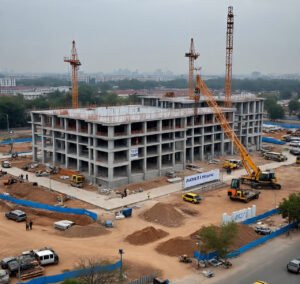
Top 10 Construction Companies in Lahore: 2026 Edition
Lahore’s construction industry is rapidly evolving in 2026. Choosing the right builder is critical for quality, durability, and long-term value. This guide highlights the top 10 construction companies in Lahore based on experience, reputation, and project delivery. 🏢 Introduction to

Challenges & Solutions in Designing Sustainable Hospitals in Pakistan
1. Introduction to ACCO Construction 🏗️ ACCO Construction is a leading construction company in Pakistan, recognized for delivering high-quality healthcare, residential, and commercial projects. With years of experience in hospital design and sustainable construction, ACCO has established itself as a

Modern Hospital Construction Techniques in Pakistan: 2026 Complete Guide
Introduction to ACCO Construction Lower long-term maintenance cost Energy-efficient operations International healthcare standards ❌ Disadvantages Higher initial construction cost Need for specialized contractors Advanced planning requirements Cost Impact of Modern Hospital Construction in Pakistan Factor Traditional Construction Modern Techniques Construction
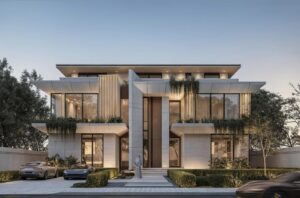
Residential Design & Construction in Pakistan: Complete Planning, Design & Build Guide
🏡 Residential Design & Construction in Pakistan: Complete Planning, Design & Build Guide 🏗️ Introduction to ACCO Construction ACCO Construction is a leading construction and design company in Pakistan, specializing in residential, commercial, and institutional projects. With years of experience,

Shaukat Khanum Memorial Cancer Hospital Design & Construction Key Lessons for Pakistan’s Healthcare Infrastructure
Shaukat Khanum Memorial Cancer Hospital Design & Construction: Lessons for Pakistan Shaukat Khanum Hospital Design & Construction is widely regarded as a benchmark for healthcare infrastructure in Pakistan. The hospital has set new standards in patient-centered planning, medical architecture, and

Step-by-Step Hospital Construction Plan & Architecture Design in Pakistan By ACCO Construction – Experts in Healthcare Infrastructure
Step-by-Step Hospital Construction Plan & Architecture Design in Pakistan Hospital construction in Pakistan is one of the most technical and responsibility-driven areas of the construction industry. A hospital is not just a building—it is a life-saving environment that demands precision,

Hospital Architecture: Creating Dignity and Comfort in Healthcare Design | ACCO Construction
Introduction Hospital architecture is more than just designing buildings; it is about creating environments where healing, dignity, and comfort intersect with clinical efficiency. Thoughtful design positively impacts patient outcomes, staff productivity, and visitor satisfaction. From small clinics to tertiary hospitals,
